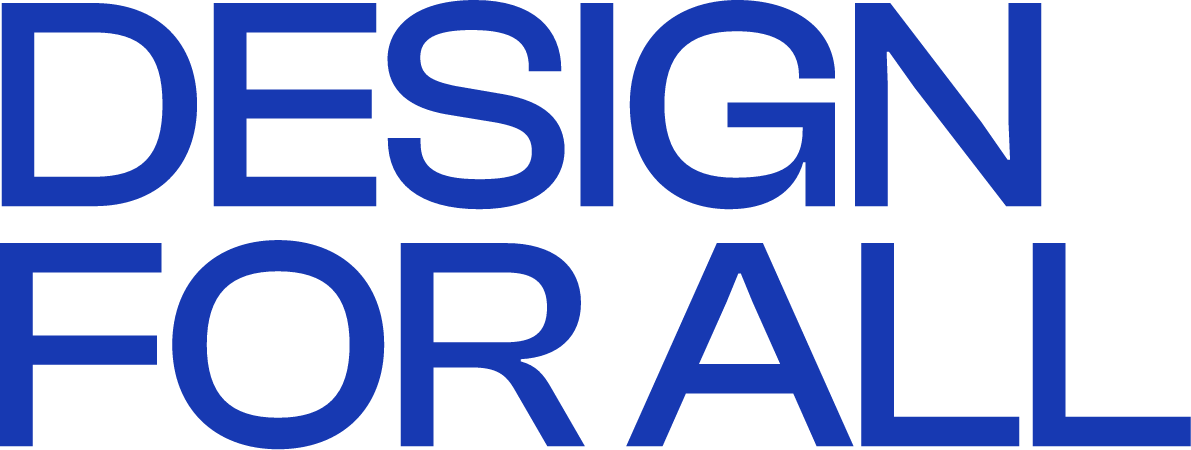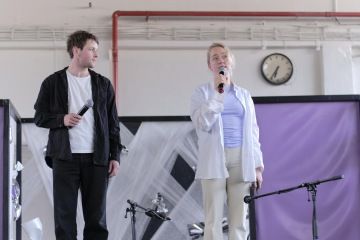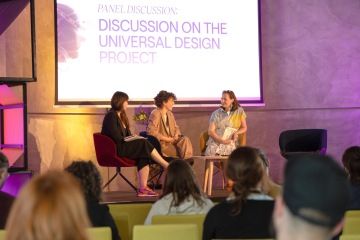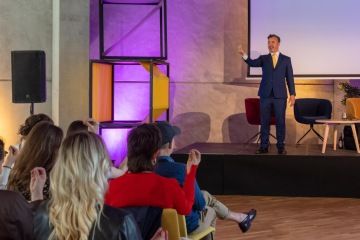When Should You Start with Inclusive Design and Accessibility in Your Team?
All activities related to the accessibility of your services and inclusive design are inseparably linked to the design maturity of your organisation. What is it, you ask?
Norman&Nielsen model
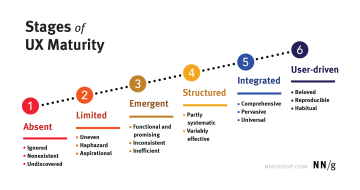
The best-known Norman&Nielsen Model describes 6 levels of UX maturity (updated 2021), source: NN group
You may have heard the term UX Maturity or Service Design Maturity. It's a framework that describes the different levels of design maturity your organisation may be at. It also provides recommendations on how to get to a higher level.
The best-known Norman&Nielsen Model describes 6 levels of UX maturity (updated 2021).
Absent: UX activities are missing or completely ignored.
Limited: UX activities are exceptional and haphazard. Nobody puts too much weight on them.
Emergent: UX practices within the team are functional and promising, but inconsistent and often ineffective.
Structured: There is an effort to unify the UX methodology in the organisation, but so far, with varying degrees of effectiveness across different teams.
Integrated: UX practices in an organisation are comprehensive, effective, and ubiquitous.
User-driven: Commitment to the set processes is evident at all levels of the organisation's management, resulting in exceptional, customer-focused products/services.
The Service Design Network model
The Service Design Maturity Model will also be worth mentioning, which no longer focuses on the state in the first visualization, but on the activity that needs to be strengthened at each stage.
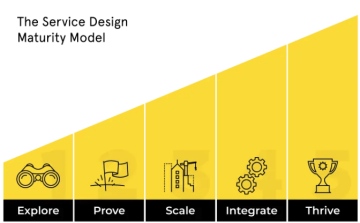
The Service Design Maturity Model, link, source: Service Design Network
Explore: Find design enthusiasts who may be hidden within other teams you don't normally work with. Don't waste time convincing others. Just figure out what might work in the meantime.
Prove: There is no time for processes yet. Focus on results. You have to deliver them to be taken seriously. Projects at this stage usually work like a Trojan horse. Their goal is to show what could work differently and get others interested.
Scale: Smaller teams will emerge across the organisation that want to focus on design. But everyone speaks a different language. The most important thing at this stage is to start unifying the methodology and creating standards. The first possibility of team training is also emerging.
Integrate: At this stage, an initial team should be established that will be responsible for mapping and systematically improving the customer experience across all of the organisation's products and services.
Thrive: At the last level, we should not deal with standards and methodology. Our energy should be focused on strengthening a customer-centric culture across the entire organisation. The organisation can afford to experiment at this point because it already has a solid foundation in the form of the right mindset.
If you need to study the topic more deeply, I recommend starting with these two articles, which describe both models in great detail.
When is the Right Time to Talk about Inclusive Design and Accessibility?
The first activities may already appear at the Emergent / Prove level. This is a good time for less time-consuming or, to some extent, invisible (understand, we don't have to get approval from the management) activities, such as:
Accessibility audit of websites or mobile applications and mini-training on creating an accessible website/service.
Expansion of personas and descriptions of customer segments to include common situations that customers may encounter (injury, impaired vision, inability to physically come to the department, trying to purchase a product in a noisy environment, etc.). Mapping the customer experience of a particular product and appropriately targeted questions that can guide the team to the topic can be a suitable time for this activity.
First workshop/training on "How customers with disabilities work with our product."
Within the Structured / Scale level, you will focus on methodology, terminology unification, standards, and processes.
A systematic approach to correcting errors identified by accessibility audits.
Working with an expert on a subject to ensure that no more mistakes are made (comprehensive site edits, ongoing audits and updates, cross-channel communication recommendations, making elements available within the design pattern library).
Expansion of recruitment criteria for research (age, digital proficiency, experience with a certain product, residence outside a major city, primary education, etc.).
Hypotheses and research questions focused on diversity and inclusion.
Regular user testing with people who use assistive technology to communicate.
Targeted training and coaching for researchers, designers, POs, and other roles in the team.
Establishing metrics that can show the impact on profits/PR etc., these activities have.
From the Integrated level onwards, we can afford to engage in activities that may not directly impact the organisation's profits. These include:
The gradual involvement of customers with various handicaps, disabilities, cultural differences, etc., in the regular design process. Of course, we also improve the service for regular customers using these consultations! But it is not our primary goal.
An expert on inclusive design, who will purposefully seek out new challenges and opportunities, can become part of our team. For example, he can map HR processes within the company.
At the highest level of UX/SD maturity, it's important to make the topic of accessibility and inclusion a strategic goal for the organisation. Ideally, it should have a supporter in the leadership.
The article was published on the blog of researcher Tereza Kosnarová Venerová on 21 February 2022. This article is published on this website with the permission of the author.
Articles
We are unsure if true inclusive design can exist in the systems we operate in today, say curators of Design for All exhibition
The interview with curators of Design for All exhibition Thea Urdal and Herman Billet on universal design, creating meaningful connections and building communities.
Design for All in pictures - Key activities of the project
Most of the activities of Design for All project culminated in May as part of 9th Zlin Design Week. Look back and remind the key activities such conference, exhibition and edu workshops through videos and pictures.
Recording from Zlin Design Week Conference is available
The Zlin Design Week Conference took place on 9 May 2023 in Zlin, Czech Republic and through lectures and joint discussions offered various perspectives on the topic of Universal Design. Watch the full conference recording or just select the talks you are interested.
